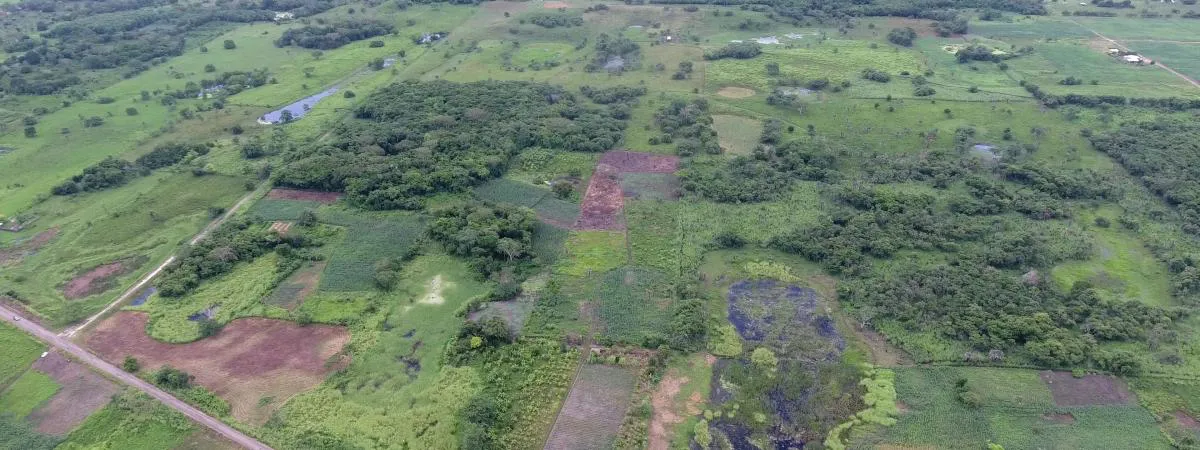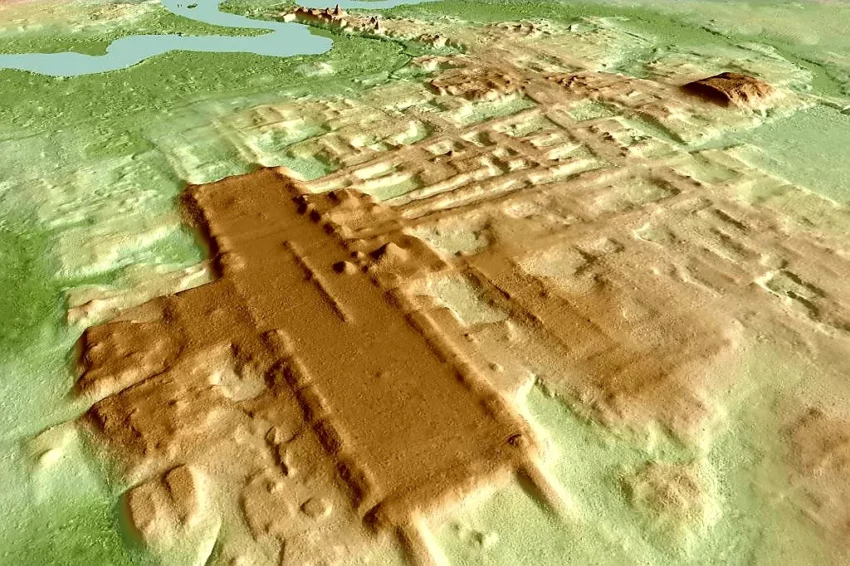Discovery of Aguada Fénix: Unveiling the Oldest and Largest Mayan Ceremonial Site
In June 2020, the archaeological world was captivated by the announcement of a groundbreaking discovery in the state of Tabasco, Mexico, near the border with Guatemala. The site, known as Aguada Fénix, was identified through an innovative aerial survey utilizing laser mapping technology. This monumental structure, a vast flattened mound nearly a mile in length and rising between 33 and 50 feet in height, has been recognized as the oldest and largest Mayan ceremonial site discovered to date.
Get your dose of History via Email
The Discovery Process
The revelation of Aguada Fénix came from the efforts of Takeshi Inomata, an esteemed archaeologist from the University of Arizona in Tucson, and his team, part of the Middle Usumacinta Archaeological Project initiated in 2017. Situated near the San Pedro River in northeastern Tabasco, the site was initially mapped from the air, leading to subsequent excavations that unearthed pottery and jade axes among other artifacts.

Characteristics of Aguada Fénix
Aguada Fénix’s massive earthen and clay platform bears resemblance to structures found at Olmec La Venta, Mayan Seibal in Guatemala, and Olmec San Lorenzo Tenochtitlán, located some 300 miles to the west. The site’s dimensions are staggering, with the rectangular mound measuring approximately 1,400 meters in length and 400 meters in width. Its volume surpasses that of the Great Pyramid of Giza, making it a monumental feat of ancient engineering. The site also features nine massive causeways and several reservoirs, indicating a complex and well-planned ceremonial center.
A Communal Effort
One of the most intriguing aspects of Aguada Fénix is the evidence suggesting that its construction was a communal effort, rather than the result of directives from powerful leaders. This contrasts with findings at the older Olmec city of San Lorenzo, where colossal stone heads and other artifacts indicate a society with pronounced social hierarchies. At Aguada Fénix, however, the only sculpture discovered thus far is a two-foot-tall limestone depiction of a javelina, affectionately named “Choco” by the excavation team. This suggests a society where communal work played a crucial role in the development of Maya civilization, without the presence of strong central leadership.
Conclusion
The discovery of Aguada Fénix marks a significant milestone in our understanding of Mayan and Mesoamerican prehistory. Radiocarbon dating places the construction of this ceremonial space between 1000 and 800 BC, pushing back the timeline of monumental architecture in the Maya world. The site’s sheer size and the apparent lack of social inequality in its construction process offer valuable insights into the early development of Maya society. As excavations and research continue, Aguada Fénix is poised to reveal more about the complexities of ancient Mesoamerican civilizations and their communal endeavors.

